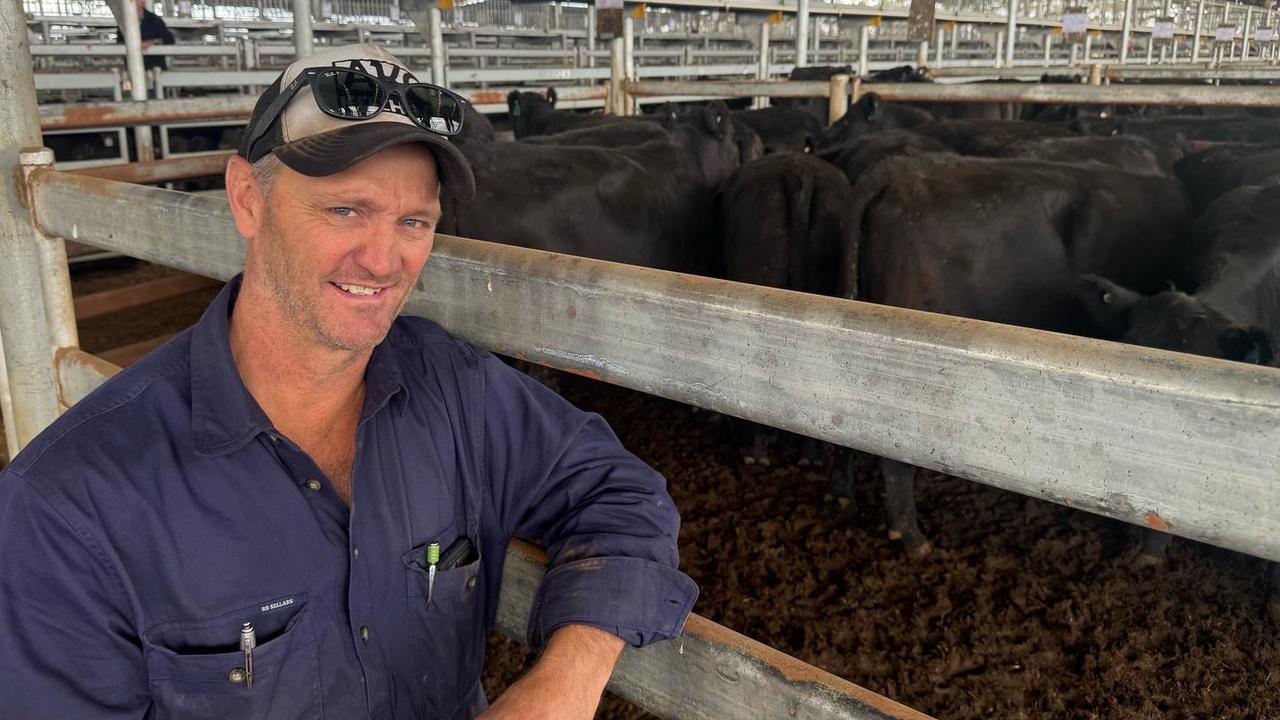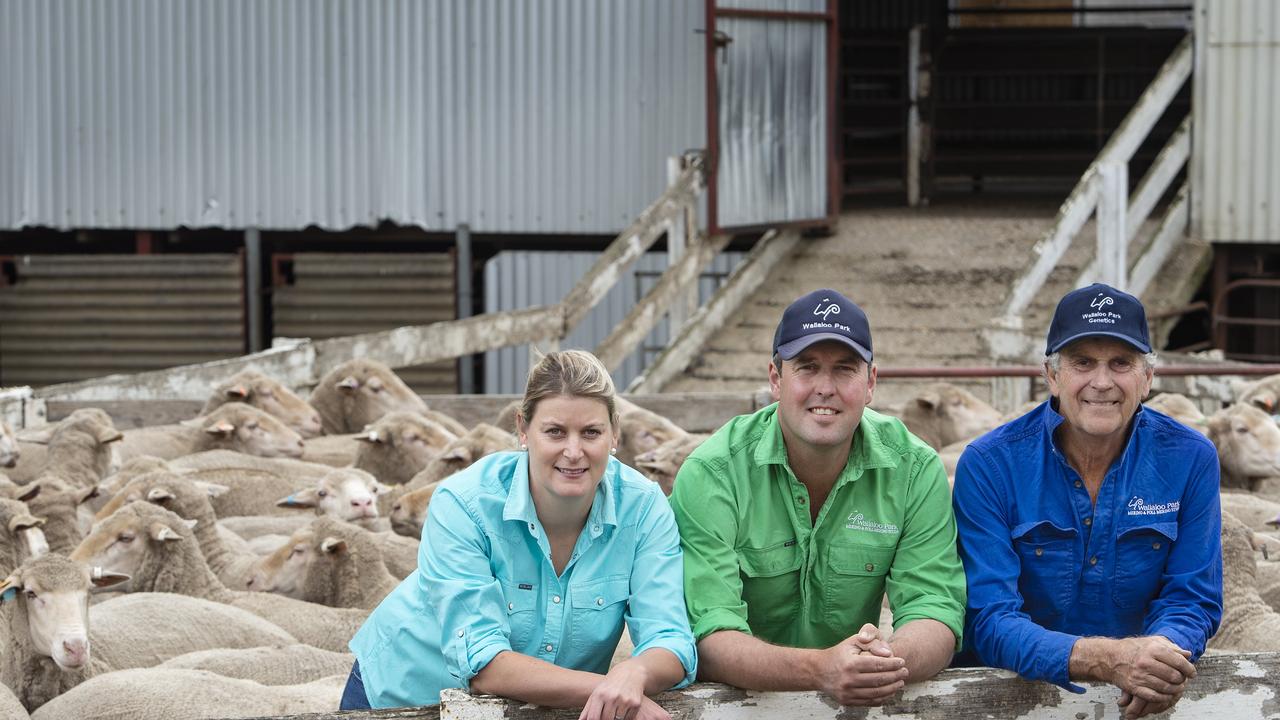Australia to break lamb production record in 2023
The nation is forecast to produce 580,000 tonnes of lamb this year, increasing by more than 8 per cent compared to last year.

Australia is on track to have record lamb production this year with the industry poised to produce 580,000 tonnes – an increase of more than 8 per cent on last year.
And the lamb market is a story of numbers, not all of them positive for producers.
While there has been a welcome lift in prices in the past month, it’s been a tough year with rates tracking below 10-year averages according to industry figures.
Meat and Livestock Australia analyst Ripley Atkinson said the biggest sheep flock for 15 years – including the greatest number of ewes and biggest number of lambs – had “played havoc on the market”.
“Prices have fallen in the order of 30 per cent plus below 10-year averages despite major sheep regions not in drought,” Mr Atkinson said.
What it has meant is record production.
Mr Atkinson said lamb volumes to date, combined with estimates, pointed to a record year of 580,000 tonnes, up on the previous record set just last year at 534,000 tonnes.
“It just shows how significant the increase can be in production of sheep meat in Australia, and how quickly,” he said.
Mr Atkinson said projections showed a record number of lambs would be processed this year at about 23 million. The previous record was 22.9 million set in 2016 and the slaughter information shows this will be bettered by the end of the year.
Lambs are also heavier, which will boost lamb production.
“As our lamb carcasses are heavier, we are going to have a record production volume of 580,000 tonnes, 40,000 tonnes ahead of last year,” Mr Atkinson said.
While exports remain strong, he said there would still be a lot of lamb around for domestic consumers, and not only in the next few months.
“There is going to be a lot of lamb available for the domestic consumer for the next three years,” Mr Atkinson said.
“Whether we go into a change of seasonal conditions or not, we are going to process a lot of lambs which means there is going to be a lot of lambs available on the domestic market.
“So the outlook beyond the Christmas period is still for a lot of product to be made available to the consumer which is quite positive and a lot of product around for our domestic producers to enjoy.”
And while its good for consumers, the flip side is that prices with “so many numbers around” will remain under pressure, Mr Atkinson said.
“I think the important thing, when you isolate the past four weeks, it shows that prices can all change very quickly based on weather,” he said.
“The price reaction in the past month, after large parts of the country have had good rain, has shown lifts of anywhere from 50-60c/kg (carcass weight), which for producers might mean an extra $20-$30 in their back pocket which they didn’t have a month ago.
“Farmers are married to the weather, and markets are married to the weather, so that can change the outlook quite quickly.”




